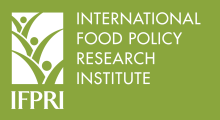Resource information
This study uses aerial photographs and survey data from sixty four parishes in east-central Uganda to identify the factors affecting conversion of woodlands and traditional grazing areas to agriculture. Regression analysis shows that customary land tenure institutions, greater population pressure and poor access to markets are significant causes of land conversion to agriculture, and hence to loss of trees. Private ownership of converted land promotes greater integration of trees and crops and leads to the highest density of trees on agricultural land. Given that continuing population growth will lead to further land conversion to agriculture, the best prospect for maintaining or increasing tree populations lies with agroforestry on cultivated land.


